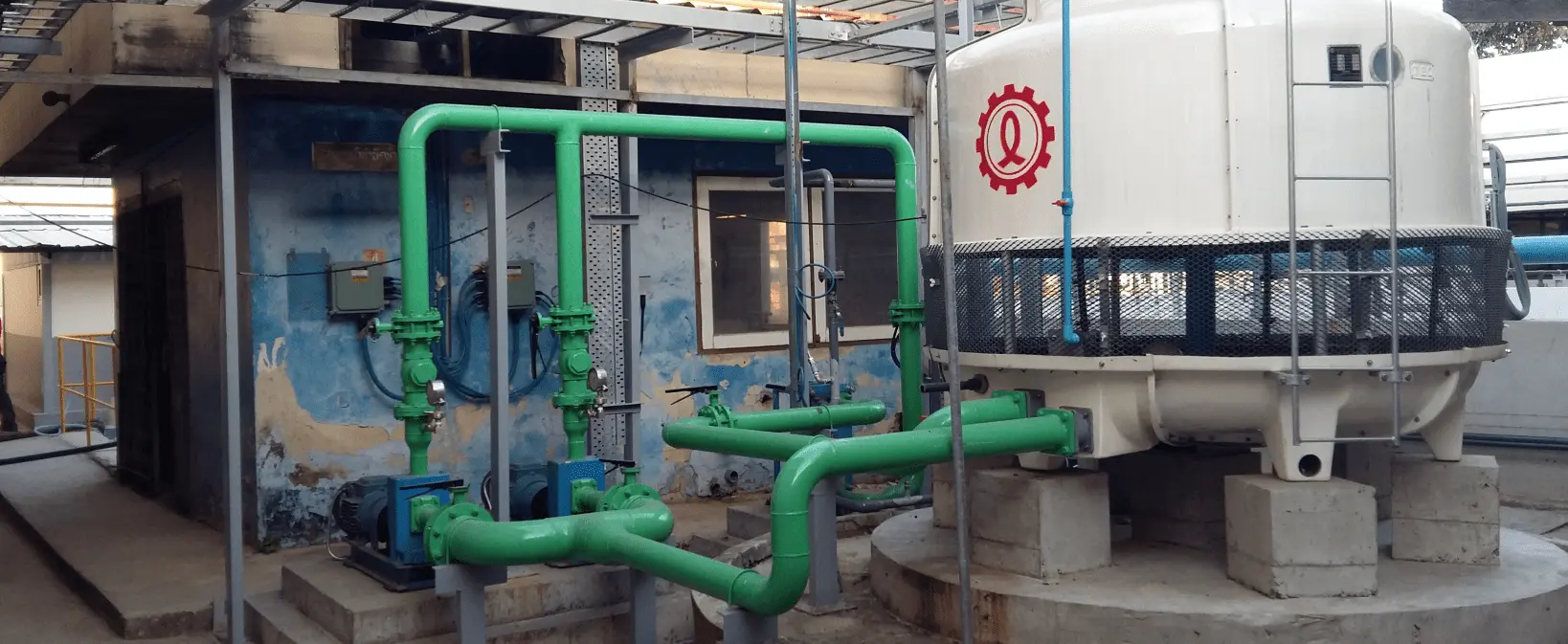FAQ
What is a mobile water system?
Mobile water treatment plants can be put up anywhere to ensure that industries have access to clean water. If an existing water purification plant fails, it is excellent for transportable water purification units for the community. Each purification method will treat the entire unit and ship it in a container. It removes any harmful chemicals from the water and cures them utilizing a variety of techniques. Various shapes and sizes are available depending on the type of water we are working with and the treatment process.
Which water purification method is best?
There are various water purification methods but reverse osmosis is the best water purification system. Water filtration is accomplished by reverse osmosis, sometimes known as RO. Because large molecules cannot cross the membrane and remain on the pressurized side, this technique used a membrane to break them down. The solvent or clean water will pass through the membrane. Solute molecules concentrate on one side of the membrane, while the other side is diluted.
Which is the best water purifying technology?
Reverse osmosis is the most effective water purification technology. Reverse osmosis, sometimes known as RO, is a method of water filtering. This approach used a membrane to break down big molecules that couldn’t cross the membrane and stayed on the pressured side. The membrane will allow the solvent or clean water to pass through. One side of the membrane concentrates solute molecules, while the other side is diluted. Solvents are moving from the higher concentration region to the lower gradient region.
What is the water purification process?
The treatment of water was divided into three stages. Education at all levels is covered, including primary, secondary, and university. Pollution levels range from millions to billions, and businesses must deal with these contaminants at all phases of the process, whether through oxidation or fine filtering. Different pollutants were defeated in each of these processes. As the stages advanced, the water became cleaner. Secondary wastewater treatment removes 80% of pollutants from the water and allows them to be discarded. Tertiary wastewater treatment is expensive and only employed in a few cases.
How do I purify water at home?
There are several methods for purifying water at home. Boiling water- The best way is to boil water and then use it for drinking. Water purifying tablets- Some tablets, such as sodium and chlorine dioxide iodine, are available on the market that can purify water to some extent. UV treatment - UV rays should be passed through the water in this treatment.
